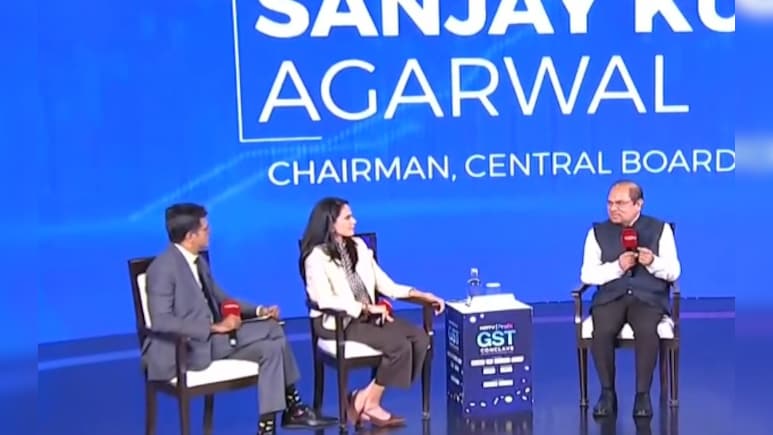GST 2.0: CBIC Chief Says Higher Consumption Could Offset ₹48,000 Crore Revenue Loss
Mumbai, September 9 (TheTrendingPeople.com): The Central Board of Indirect Taxes and Customs (CBIC) has expressed confidence that India’s sweeping GST 2.0 reforms will boost consumption and partially offset the government’s estimated ₹48,000 crore revenue loss, provided industries pass on the benefits of tax rate cuts to consumers.
Speaking at the NDTV Profit GST Conclave, CBIC Chairman Sanjay Agarwal underlined that the reforms come at the right time, as the Goods and Services Tax has completed eight years. “There was a thought that changes were required. It is a journey, and GST 2.0 is the next step forward,” he said.
Revenue Loss Estimate and Consumer Impact
According to the government’s fiscal 2023–24 data, the estimated revenue loss from GST 2.0 measures could reach ₹48,000 crore. However, Agarwal emphasized that rate cuts stimulate consumption, which in turn can boost overall GST collections.
“It is difficult to estimate the exact revenue implication, but when a rate cut happens, there is more consumption and further stimulus to GST collection. This will only happen if the industry passes on the benefits of the rate cuts to the end consumer,” Agarwal said.
The CBIC chief added that the government is actively monitoring price data to ensure businesses comply. “We are confident that the benefits will be passed to consumers, as has happened in the past after rate cuts,” he noted.
Focus on Stability and Process Simplification
Agarwal also highlighted that rate stability is critical for the success of GST reforms. He said that GST 2.0 is aimed not only at rationalizing tax slabs but also at easing compliance processes for businesses.
“There is a lot in the pipeline as far as easing processes is concerned. For rates, we need stability,” he clarified.
Dual-Rate System and Socio-Economic Realities
Addressing the debate on the number of GST slabs, Agarwal said that India’s socio-economic diversity requires at least two rates.
“Two GST rates are needed, including a lower one that addresses the needs of the masses. A single standard rate like in developed countries can only be implemented when the socio-economic landscape changes,” he explained.
No Relief for Sin Goods
On the contentious issue of high taxes on sin goods, Agarwal was clear that the government will maintain its tough stance.
“The Centre’s position is that tax incidence on sin goods such as tobacco products will not be lowered. Besides the 40 per cent tax, there will be an additional levy for such products,” he said.
This ensures that products like cigarettes and other tobacco items remain heavily taxed, both to discourage consumption and to contribute significantly to revenue.
GST 2.0: A Balancing Act
The GST 2.0 rollout marks the most significant reform in India’s indirect tax regime since its introduction in July 2017. While aimed at stimulating consumption, simplifying compliance, and ensuring fairness, it also presents a challenge: how to balance revenue stability with economic growth.
Analysts believe that while the short-term revenue dip may pressure government finances, the medium-term consumption push could provide relief, particularly if inflation remains under control.
Final Thoughts from TheTrendingPeople.com
The success of GST 2.0 hinges on one crucial factor—whether industries pass on the benefits of rate cuts to consumers. If implemented effectively, the reforms could stimulate demand, boost compliance, and eventually recover the government’s projected ₹48,000 crore shortfall. For now, CBIC’s assurance of monitoring price data and ensuring accountability may provide comfort to both consumers and policymakers, as India navigates this pivotal tax transition.

